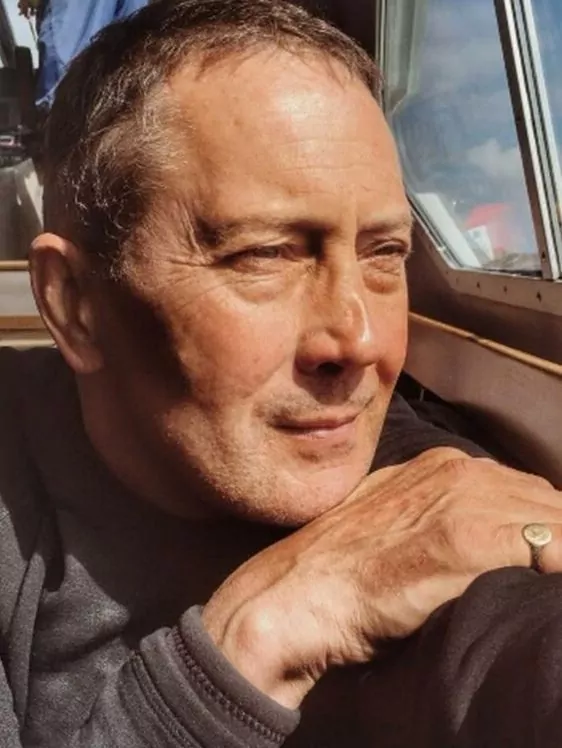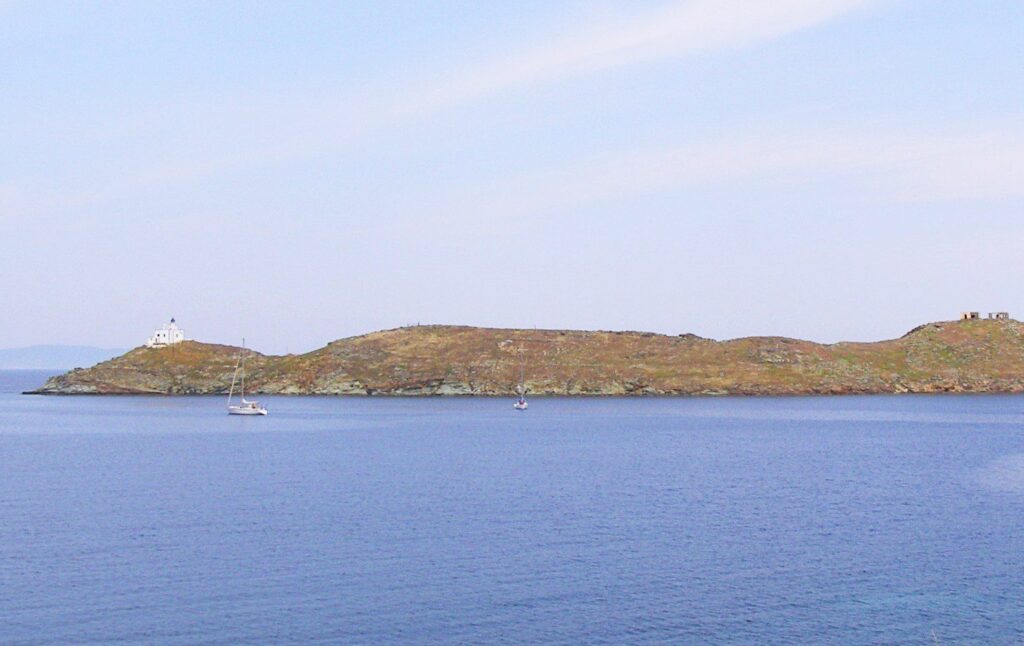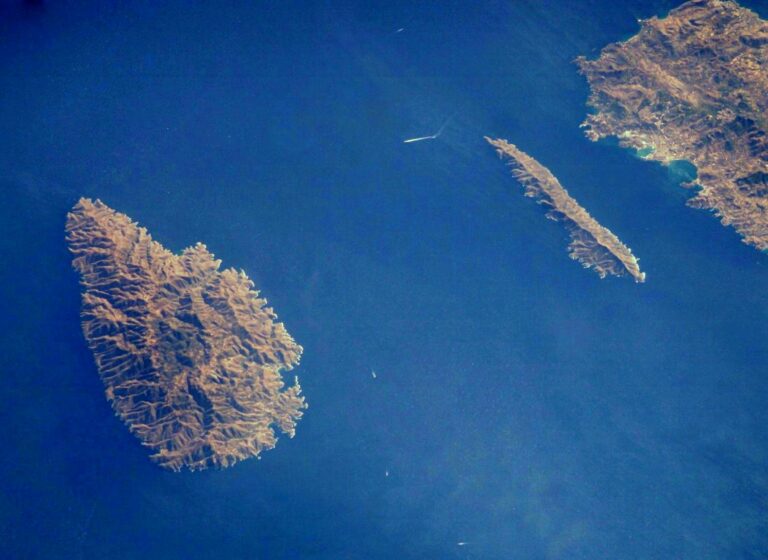An inquest into the deaths of two UK rebreather divers just two days apart on an HMHS Britannic wreck expedition in Greece has been adjourned to give the coroner time to consider the “highly technical” evidence further.
Tim Saville died while diving the 120m-deep Britannic on 29 September, 2019 – just two days after fellow team-member Dr Vincent Hong had died during a work-up dive on the Burdigala wreck, on the other side of the island of Kea.
Burdigala was a French liner sunk by a German mine in 1916, and a mine laid by the same U-boat sank Titanic’s sister-ship Britannic seven days later.
Saville’s death was reported on Divernet, but no details had been available at the time with respect to Dr Hong. Both fatalities remain the subject of a criminal investigation in Greece.
The two divers had lived in Yorkshire, and the Hull Coroner’s Court proceedings on 6 April were reported in the Hull Daily Mail and Yorkshire Post.
Saville, 61, was a businessman from Huddersfield and Dr Hong, 53, was a Hull-based consultant anaesthetist and hyperbaric physician. A member of the UK Diving Medical Committee, he was also a recreational and technical CCR diving instructor.
Post mortems
It emerged at the hearing that an unusually high carbon monoxide content had been found in both divers’ bodies. Although this could not be explained, senior coroner Prof Paul Marks was reported to have indicated that he was inclined to dismiss this as a cause of either death.
Post mortem examinations had originally been carried out in Greece, but were later repeated at the coroner’s request by UK pathologist Dr Lisa Barker. She said that it had been challenging to follow up on the earlier examination, especially with the bodies embalmed, but biopsies had indicated that Saville’s CO level had been 15% and Dr Hong’s 11%.
Dr Barker said that such levels would not usually prove fatal – but were abnormally high. Because neither diver was a smoker, their expected CO levels would be around 0.5%.


Saville had shown significant evidence of heart disease, and there were signs of heart lesions in Dr Hong. While this might have contributed to either man’s death, Dr Barker was able to conclude only that the fatalities had been “related to scuba diving”.
Rebreather expert Martin Parker, MD of AP Diving, noted that a spike had occurred in Saville’s oxygen levels at one stage of his dive. He believed that a possible issue with his rebreather could have led to increased carbon dioxide levels.
A separate technical report revealed that Saville had appeared to disregard several warnings about his rebreather’s CO2 levels.
In the case of Dr Hong, Parker noted that getting his equipment entangled in line on ascent appeared to have impaired his judgment and caused him to try to use his DPV to speed up his ascent.
Unresponsive
According to expedition leader Simon Townsend, Saville and Dr Hong had trained for two years to carry out 100m-plus dives, and detailed preparations and safety briefings had preceded both dives.
Townsend had seen Dr Hong entangled and inverted on the line while ascending from his 63m Burdigala dive. He found that his mouthpiece had come out and he was unresponsive. He had untangled him but it had not been possible to switch him onto his bail-out gas.
Clare Fitzsimmons, who dived the Britannic with Saville two days later, confirmed that weather and sea conditions had been ideal on the day, with excellent visibility and no current, and that thorough briefings and equipment checks had been carried out.
The divers were again using DPVs but Saville had been lagging behind her as they approached the deep wreck. She had turned to see him kneeling on a piece of superstructure. His mouthpiece was out and he did not respond when put onto his bail-out. He had been allowed to drift to the surface while the other divers completed their two-hour decompression.
CPR applied at the surface had proved ineffective in both cases, and both divers had been declared dead at a nearby health-centre.

Expert witness
Consultant cardiologist Dr Mark Turner, a former RN diving-medicine doctor and UK Diving Medical Committee chair, was asked as an expert witness to consider possible causes or contributory factors in the deaths.
Despite the spike in O2 levels during Saville’s dive, the level and length of exposure were not deemed sufficient to have caused any major oxygen toxicity problems, said Dr Turner, and neither O2 nor CO2 poisoning would have been factors in Dr Hong’s death.
Problems appeared to have been flagged with Saville’s rebreather, and his lagging behind could suggest that he had been overcome by CO2, with subsequent narcosis affecting his judgment and causing him to lose his mouthpiece.
Regarding the possibility of dangerous levels of carbon monoxide being present in the divers’ cylinders, it emerged that no cylinder test results had been made available to the coroner.
However, Dr Turner considered CO poisoning “pretty unlikely”. None of the other expedition divers had shown any symptoms, as might be expected if a filling system had become contaminated.
A Greek expert’s suggestion that both divers could have inhaled CO while on the dive-boat was dismissed, with Dr Turner regarding this as highly unlikely to occur in the open air. No issues had been found in later checks on the vessel.
Dr Turner believed that heart disease might have been a significant factor, particularly in Saville’s case, In a stressful situation it could have made him more susceptible to immersion pulmonary oedema (IPO) or internal drowning.
With no conclusive evidence, the coroner decided that he needed more time to consider his verdicts. No date was set but a resumption of the inquest is expected later this month. The criminal investigation in Greece is not expected to conclude until later this year.
Also on Divernet: Divers Mark Britannic 100th Anniversary, The Million-Dollar Dive


Where they smokers?